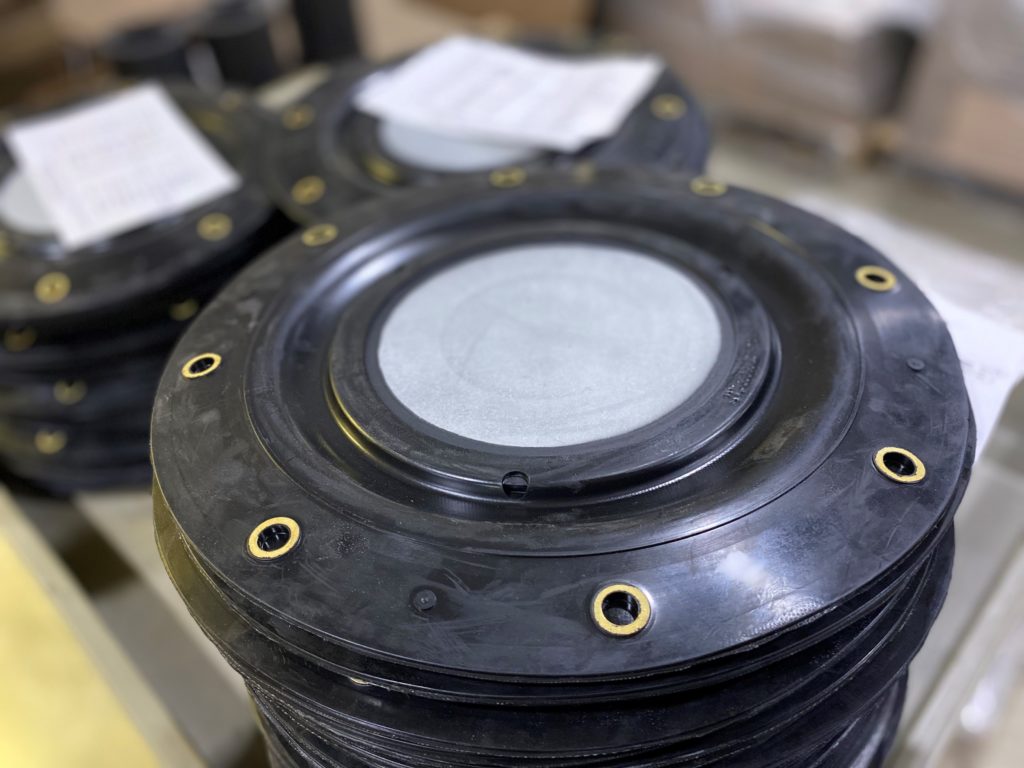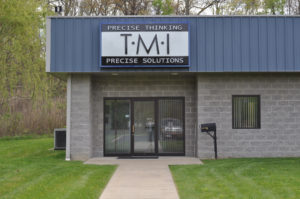There are many different rubber products which play a critical role in the proper functioning, operation, and service life of pumps. Pumps are used in a wide range of applications, including industrial, commercial, and residential settings. Raw materials such as Viton, Silicone, EPDM, Buna-N, Nitrile, Neoprene, SBR, Fluorosilicone, and Urethane can all be considered for use, depending on the nature of the application, the fluid being distributed and the physical requirements of the part.
Some of the key reasons for the importance of molded rubber parts in pumps:
Sealing: O-rings and gaskets are critical for creating a seal between two surfaces in a pump. This prevents fluid leakage and ensures the proper functioning of the pump.
Vibration Damping: Bellows and couplings absorb vibrations in the pump, which reduces noise and prevents damage to the pump and other components.
Corrosion and Abrasion Resistance: Diaphragms and impellers are made of materials that are resistant to corrosive and abrasive fluids. This ensures the longevity of the pump and prevents premature failure.
Temperature Resistance: Rubber parts can be designed to withstand a wide range of temperatures. This ensures that the pump operates properly even in extreme temperature conditions.
Here are some of the more common molded rubber products used in the fluid motion industry:
O-Rings: O-rings are among the simplest and most commonly used rubber seals in pumps. In this application, they can be considered either “dynamic” or “static” depending on whether they come in contact with moving parts. Typically, O-rings are used to seal the connection between the pump casing and impeller, preventing fluid leakage.
Diaphragms: Diaphragms are used in pumps to create a sealed chamber between the suction and discharge ports. Diaphragms are usually always “dynamic” in nature and due to the conditions to which they are subjected, are many times reinforced with some type of fabric to strengthen the part and increase the number of cycles they can endure. Diaphragms are commonly used in pumps that handle corrosive or abrasive fluids.
Gaskets: Gaskets are used in pumps to create a seal between two surfaces, preventing fluid leakage. Gaskets are almost always considered to be “static” type seals. Many times, they are also reinforced with metal that either allows the gasket to hold shape or provide additional compression when bolting the mating surfaces together.
Bellows: Bellows can used in pumps to absorb vibrations, reduce noise, and aid in the movement of fluids. They are very dynamic in nature and must be designed to withstand many cycles of movement over long periods of time. As with gaskets and diaphragms, bellows may be reinforced with fabric, metal, or sometimes even both. Bellows are commonly used in pumps that handle high-pressure fluids.
Couplings: Couplings are used in pumps to connect the motor shaft to the pump shaft. They should be designed to withstand torque and impact and are typically made of raw material that is much stiffer, shock absorbent, and shear resistant.
As one can see, rubber parts are an essential component of pumps. The selection of the best elastomer depends on the type of pump, fluid being pumped, and operating conditions. Raw materials such as Viton, Silicone, EPDM, Buna-N, Nitrile, Neoprene, SBR, Fluorosilicone, and Urethane are all available and capable of being used to manufacture these products. By selecting the right elastomer and maintaining them properly, pumps can operate efficiently and reliably for many years.
If you’d like to learn more about TMI’s experience and capabilities in manufacturing rubber products for the fluid motion industry, contact us!


